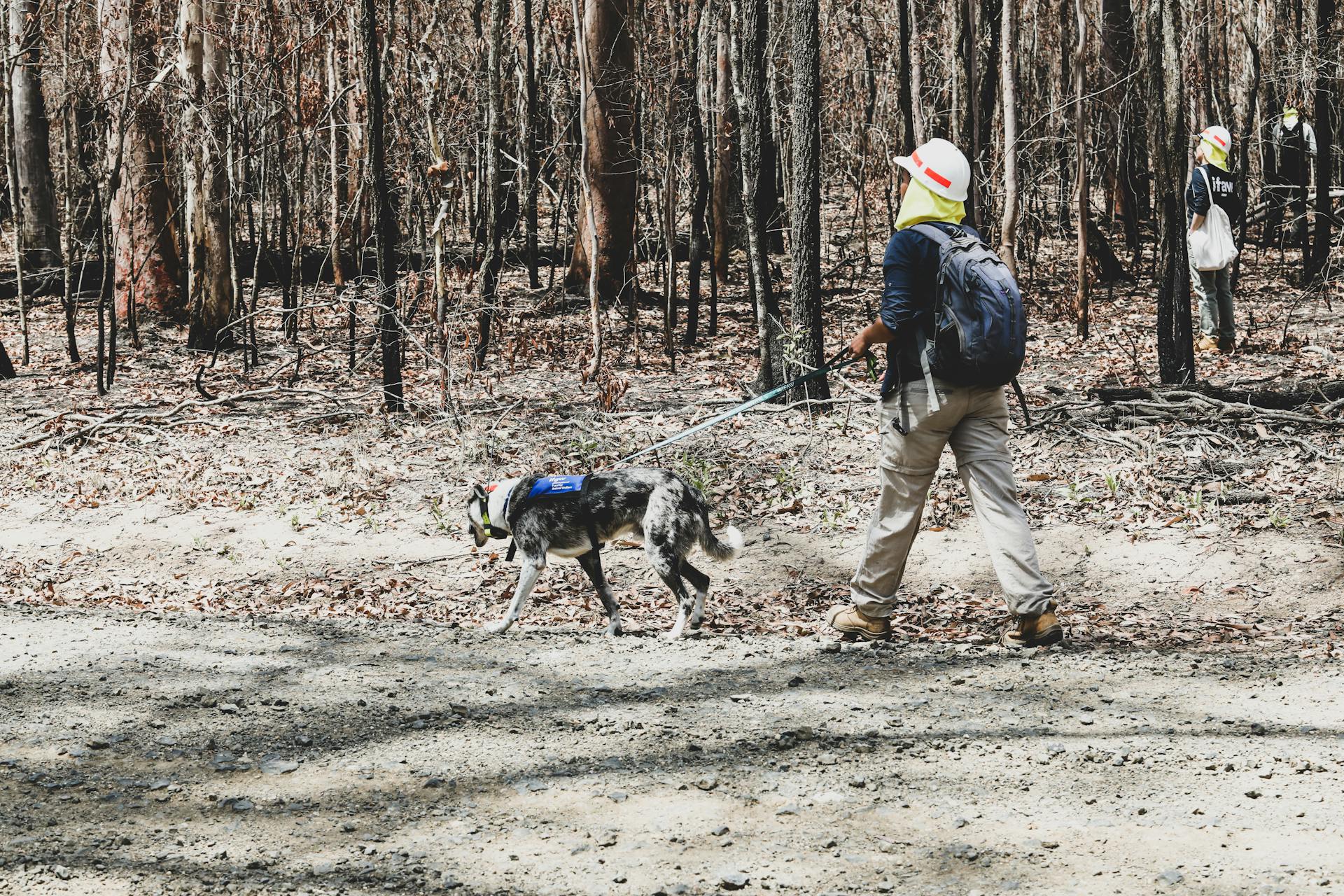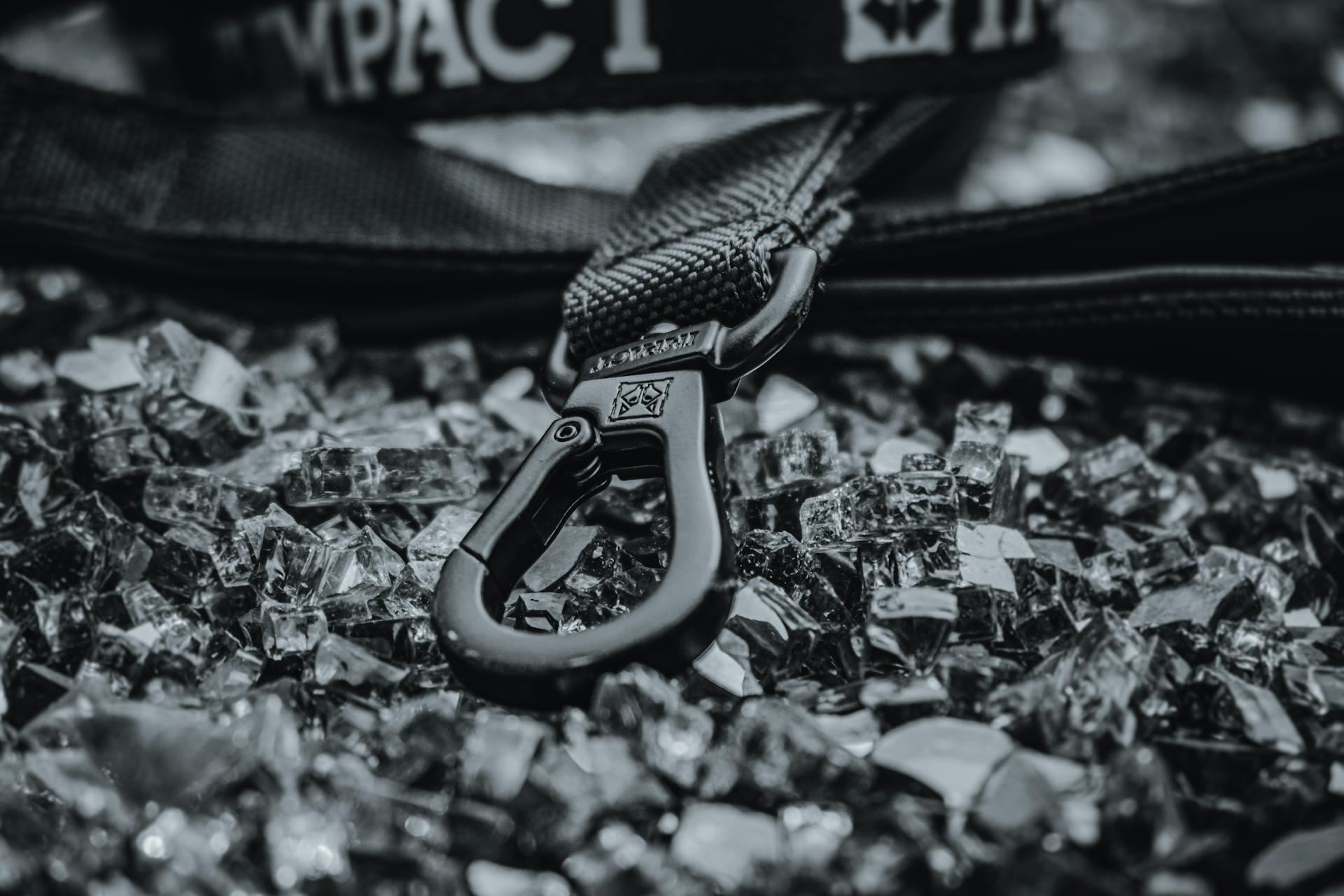
First night crate training a rescue dog can be a daunting task, but with a solid plan, you can set your furry friend up for success.
Introduce the crate in a positive manner by placing treats and toys inside.
Choose a quiet and comfortable location for the crate, away from drafts and noise.
Consider the size of the crate, ensuring it's large enough for your dog to stand up, turn around, and lie down comfortably.
Aim to place the crate in a room where you'll be spending the night, so you can keep a close eye on your dog.
This will also help your dog feel more secure and less anxious about being in the crate.
Preparation
Before you start crate-training your rescue dog, it's essential to prepare for a smooth transition. You don't want to leave your dog in the crate for an extended period, so start with small steps, like leaving for just a short time, such as getting a cup of coffee.
To gauge your dog's comfort level, consider using a remote dog camera device to observe their behavior while you're away. This will help you determine if they're anxious, pacing, or calm.
Intriguing read: When to Start Dog Obedience
A Full Tummy

Make sure your dog has had a good meal before bed to avoid any food anxiety. Consistent feeding schedules will help reduce food anxiety in your dog.
Establishing a routine is key, so try to feed your dog at the same time every day. Dogs respond well to a routine, just like people do.
Give your new dog ample time to go outside and relieve herself before bed, and try to establish a potty break routine at least 3-4 times a day. This will help your dog get into the habit of going at specific times.
Puppies will need to go out more frequently, so be prepared for 6 or more potty breaks a day.
Broaden your view: Dog Training and Daycare
Set Up for Success
As you prepare to start crate-training your dog, setting yourself up for success is crucial. You don't want to overwhelm your dog with too much time in the crate at once, so start with small steps.
Gradually increasing your dog's crate time is essential. Maybe you're going to get a cup of coffee and come back, or take a short walk, but don't leave your dog alone for hours.
Recommended read: How to Start Dog Training Business
First Night
The first night can be a big milestone in crate training a rescue dog.
Persistence and repetition are key when training an adult dog, so don't worry if it takes some time for them to settle in.
You've been working towards this moment by introducing your dog to their new crate and gradually increasing the time they spend in it.
As long as you've made their experience relaxing and enjoyable, they should be able to rest quietly for a few hours.
Introducing Adult to New Space
Introducing adult dogs to new spaces can be a challenge. They may feel nervous and unsure about their new surroundings.
As a new space, the crate may seem daunting to your adult dog. Introducing them to their new crate is the first step in crate training.
You'll want to start by placing the crate in a quiet area of your home, allowing your dog to become familiar with its presence. This will help them feel more comfortable and secure.
A new space may be overwhelming for your dog, but with patience and time, they'll learn to love their crate.
Recommended read: Leash Training an Older Dog
Rest Quietly

The first night with your new crate can be a challenge, but with persistence and repetition, your adult dog will learn to rest quietly.
Keep your dog in his crate for longer periods until he can relax for a few hours. This is a crucial step in crate training.
Your adult dog should be ready to stay in his crate overnight once he can rest quietly for a few hours.
Additional reading: Training an Adult Dog
Training
You're about to embark on first night crate training with your rescue dog, and it's essential to establish the right mindset. The more your dog associates the crate with a relaxed mindset, the more they'll enjoy hanging out in there.
Start by bringing your dog in for 10 minutes at a time, and work your way up from there. This will help them view the crate as a place of rest, rather than a source of stress.
Positive association is key, so be sure to reward your dog after they go into the crate. You can try giving them a KONG toy filled with peanut butter that you've put in the freezer. This will keep them stimulated while they're in the crate, and they'll learn to associate it with an enjoyable activity.
Be patient with crate training, as it can take at least six months to see results. Dogs aren't linear learners, so don't get discouraged if progress is slow.
Take a look at this: Are German Shepherds Clingy
Long-Term Success
The first night is just the beginning of your journey with your new rescue dog. You'll need to give them attention as they learn about their new home environment, which can be a big adjustment.
Introduce them to their new food and show them where they can find water. This will help them feel more comfortable and secure. You can also teach them where it's okay to relax and play.
Keep close attention to how your rescue dog is adjusting, especially in the morning. This is a good chance to bond and reassure them that they are in a loving home. Spend some time comforting them if needed.
Some rescue dogs may have a hard time adjusting, especially those from a puppy mill or a rough previous owner. They may exhibit behaviors like rough play or anxiety, so it's vital to pay close attention to their needs.
If you're adopting from a rescue shelter, keep the contact details of the shelter or the foster family close by. Having their phone number handy can be useful if you have any questions or need advice on how to best care for your new best friend.
Consider reading: It's Your Choice Dog Training
Choose the Right
Choosing the right crate size is crucial for a comfortable and safe first night with your rescue dog. A crate that's too small can be stressful for your dog, while one that's too large can make them feel anxious.
Measure your dog's length and height to determine the right crate size. A good rule of thumb is to add a few inches to their length and height to ensure a comfortable fit.
Consider a crate with a divider if your dog is a puppy or will be growing significantly in the next few months. This will allow you to adjust the crate size as they grow, making the transition smoother.
A crate with a solid bottom is essential for preventing escape attempts. Your dog may try to dig their way out if the crate has a wire mesh bottom.
Look for a crate with a secure locking mechanism to prevent your dog from escaping or getting injured.
On a similar theme: Can Neutering a Dog Cause Aggression
Frequently Asked Questions
How do I stop my rescue dog from crying in the crate?
Stop giving attention when your dog whines in the crate, as this can reinforce the behavior. Wait for calm behavior or a few minutes of quiet before releasing them
Sources
- https://dog-tales.blog/where-should-new-rescue-dog-sleep-first-night/
- https://canineminded.com/housebreaking-dog-step-step-process/
- https://www.akc.org/expert-advice/training/how-to-crate-train-your-dog-in-9-easy-steps/
- https://deafdogsrock.com/crate-training-your-deaf-dog
- https://www.omlet.us/guide/dogs/crate_training/crate_training_an_older_dog/
Featured Images: pexels.com


